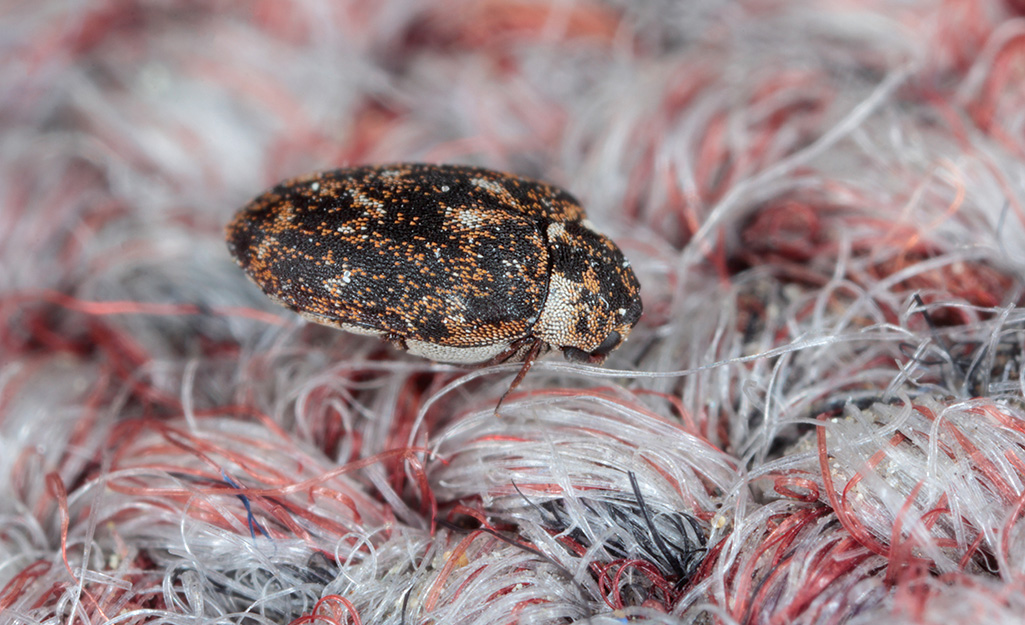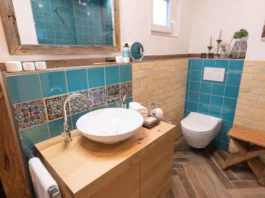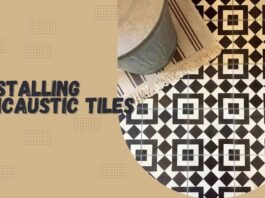Even the most stylish, well-kept homes aren’t immune to the occasional bug invasion. And while pest control usually conjures up images of harsh chemicals and bulky plastic traps, the reality is far more nuanced—and a lot more design-friendly. If you’re finding yourself in a never-ending cycle of bugs returning no matter how clean or careful you are, the problem might not be your housekeeping. It could be your home’s layout, lighting, moisture levels, or even your storage habits.
Before you reach for a can of spray or schedule a pest control visit, it helps to understand exactly who is showing up—and why they keep coming back.
Common Bugs That Invade Homes—and Why They Keep Coming Back
Common enemies are ants, cockroaches, spiders, silverfish, fruit flies, pantry moths, and stink bugs. In humid areas, you might also see centipedes or earwigs. And they all don’t just wander in randomly, they follow predictable patterns tied to food, moisture, warmth, and shelter. Crumbs under the toaster, leaks under the sink, or even consistent indoor lighting can act as open invitations. If one bug finds a food source, it leaves scent trails (ants do this especially), drawing more in. Unless you eliminate that trigger and block the entry points, it’s like pressing “repeat” on a playlist. And it’s not just about chasing crumbs, bugs are responding to microclimates in your home: consistent humidity in your laundry room, ambient heat from your appliances, or even indoor plants grouped too closely. Your home is like a little biosphere—and bugs follow its signals.
Also, if they keep coming back? It’s not just that you “missed a spot.” It’s likely that the conditions that attracted them never changed—moisture, scent trails, structural gaps, or even light cycles.

Why Harsh Sprays and Plastic Traps Aren’t Ideal for Stylish Spaces
Chemical sprays can leave behind toxic residues, especially concerning for homes with kids, pets, or anyone sensitive to synthetic smells. Most sprays treat your home like a battlefield. But modern interiors are complex ecosystems: indoor air systems, soft finishes, eco-friendly materials. Dousing them with neurotoxins is like pouring bleach into an aquarium. Plastic traps are simply unsightly, short-lived, and contribute to microplastic waste. Plus, plastic traps catch one bug and leave a dozen more behind. It’s theater, not a solution. Modern homes deserve solutions that match their aesthetics, sustainability goals, and indoor air quality standards.
Instead of masking a problem with chemicals, the smarter move is to address the root cause through environmental tweaks and non-toxic repellents that integrate with your home—not fight against it.
Because you’ve evolved—and your home has too.
Natural Ways to Get Rid of Bugs Without Chemicals
Natural doesn’t have to mean ineffective, but it’s true that half of “natural bug tips” online are Pinterest placebo. Diatomaceous earth is a fine powder that destroys exoskeletons of insects like roaches and ants. Safe around pets and kids when applied correctly. White vinegar + essential oil spray is a homemade deterrent against ants, spiders, and fruit flies. Cedarwood shavings or sachets are great for closets and drawers—repels moths and silverfish. Sticky traps with pheromones (unscented and minimalist) are effective for pantry moths and gnats without the eyesore. Bugs “read” your space through smell. Use essential oil blends that mimic threat signals—like peppermint, bay leaf, or geraniol. Nematodes (tiny worms) in soil kill larvae. Parasitic wasps deal with pantry moths. Gross? Maybe. Effective? Totally.
Always combine with source control—fix the moisture issue (call a plumber for leak detection and repair) or store food in sealed containers, or these solutions won’t go far. Place moisture absorbers (like activated charcoal or desiccant stones) in high-risk zones. Bugs dry out and die naturally.
Design-Friendly Pest Control Products That Actually Work
The market now caters to people who want function and form. Glass or ceramic plug-in traps are disguised as diffusers or light fixtures, these attract and trap flies without flashing lights or zaps. Pest-repelling planters, like lemongrass, rosemary, lavender—grow them indoors near entryways or windows. Minimalist fly trap lamps are silent UV traps with matte finishes or woodgrain details blended into modern interiors. Wall-mounted cedar blocks or sachets are functional and even decorative in closets or mudrooms. Passive ceramic fly traps that look like handmade pottery. Plug-in repellents that double as artful nightlights. Modular baseboard channels that hide bait or deterrents behind magnetic panels. Bug-repelling wallpaper infused with microencapsulated essential oils (yes, that exists now).
Best Essential Oils to Repel Bugs in the House
Bugs hate strong scents that disrupt their navigation or mimic threats. Top performers are peppermint (deters spiders, ants, and mice), eucalyptus (flies and mosquitoes), lemongrass and citronella (mosquitoes), clove and tea tree (roaches), geranium and clove (mosquito), vetiver (ants). Use a water-based diffuser near doors, windows, or trash areas. As a bonus your home smells spa-like while quietly telling bugs to stay away.
How Lighting, Layout, and Storage Can Attract or Repel Bugs
Your home’s design either invites bugs or deters them—no in-between. Open-concept homes are great for airflow but may lack well-defined “zones” that help isolate crumbs or moisture issues. Bugs love free range. Warm, low lighting attracts fewer insects than bright, cool lights—especially near windows or entrances. Track lighting or under-cabinet LEDs attract flying insects and create warm “landing zones.” Open shelves, messy pantries, and cluttered under-sink areas are prime bug real estate. Go vertical, use sealed bins, and add motion lighting in dark corners to keep bugs disoriented. U-shaped kitchens and corner pantries trap smells and moisture, acting like buffets. Architecturally, it’s not about square footage—it’s about pathways and pockets. Bugs love both.
Daily Habits That Help Keep Bugs Away
Even the best-designed homes can fall victim to lazy habits. Daily dishwashing and counters wipedowns to prevent ants and cockroaches from scent-trailing their way to food. Take trash out daily and rinse out cans before throwing them in the bin. Bugs love organic waste, especially overnight. Check under sinks and around toilets weekly to spot extra moisture and leaks. Store pet food sealed and don’t leave it out overnight. Cleanliness is not just scrubbing and sweeping. It’s behavioral consistency.

Subtle Home Fixes That Help Seal Out Bugs Without Ruining Your Decor
You can outsmart pests without giving up your design vision. Integrated door sweeps are seamless and color-matched to your doors—keep out ants, roaches, and even mice. Magnetic or retractable screens for windows and doors—easy to use and clean-lined. In-wall pantry and cabinet sealing kits are invisible once installed, yet effective at keeping bugs out. Floor-to-ceiling curtain panels add elegance while doubling as a barrier in homes with patio access. Shadow-line baseboards are elegant and sealed tight to prevent entry. These upgrades feel architectural, not tactical—like you planned for pest prevention as part of your interior style.
When to Call a Pest Control Pro—and Ask for a Safe, Low-Impact Approach
Call a pro when you see repeated infestations despite your efforts, there’s structural damage (e.g., termites), you’re dealing with stinging insects or hard-to-access nests. Ask for Integrated Pest Management, since it’s a holistic approach focused on prevention, non-toxic methods, and minimal disruption, low-toxicity or plant-based treatments, entry-point sealing services (caulking, barrier strips), digital monitoring systems instead of spray-and-pray tactics. A good pest pro should act more like a home consultant than an exterminator. But don’t just ask for “a treatment,” instead, ask:
- Do you offer behavioral mapping or motion-triggered traps?
- Can you seal entry points without altering my trim or paint?
- Do you use remote monitoring or QR-coded bait stations?
- Will I get a report showing what worked and what didn’t?
Your home deserves more than bug Band-Aids. With a little design savvy and strategic tweaks, you can make it beautiful and bug-proof—no plastic traps required.










